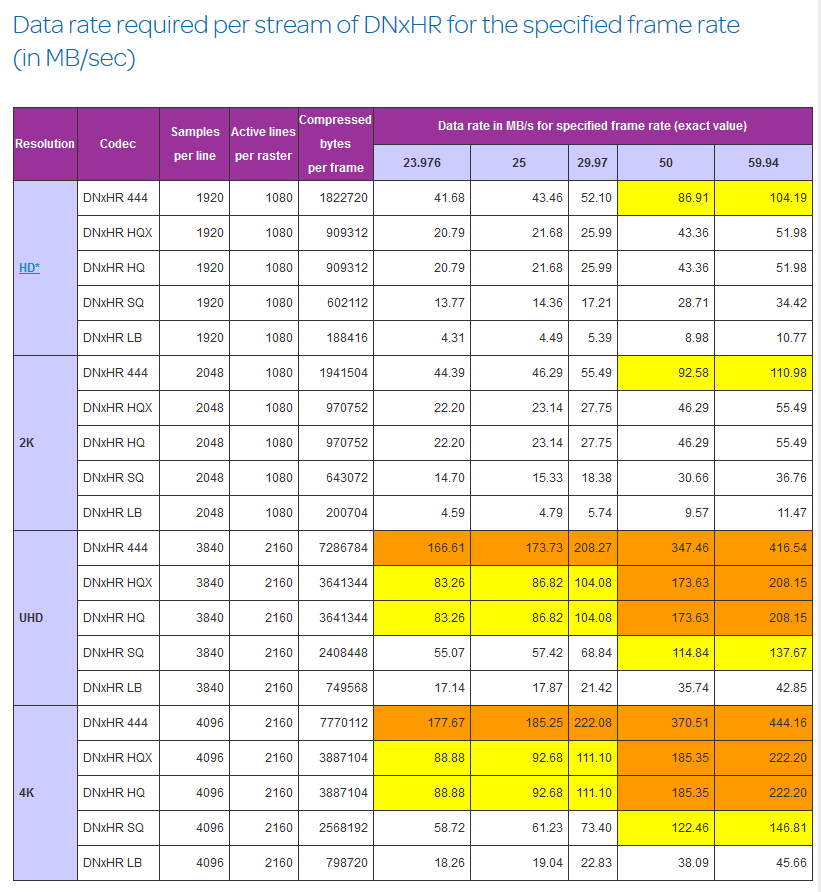- Mar 27, 2009
- 12,968
- 221
- 106
While doing some research on URE ratings for various drives I was quite surprised to find a URE rating of 10^15 (1 per 10E15) for the plain jane Seagate Barracuda drives with SMR (i.e all current drives of this model 4TB and greater as well as some 3TB and 2TB) as well as the non-Pro Iron Worlf drives 6TB and greater. In contrast, the older Seagate Barracuda drives with Conventional magnetic recording (i.e some 3TB and 2TB models + all 1TB and 500GB) as well as the WD Red (non-Pro) have a URE rating of 10^14 (1 per 10E14).
The significance of this, of course, is how much capacity can be used for RAID-5:
https://www.zdnet.com/article/why-raid-5-stops-working-in-2009/
https://www.zdnet.com/article/why-raid-5-still-works-usually/
The significance of this, of course, is how much capacity can be used for RAID-5:
https://www.zdnet.com/article/why-raid-5-stops-working-in-2009/
https://www.zdnet.com/article/why-raid-5-still-works-usually/



